Understanding Pharmacovigilance: Scope and Significance

Definition and Objectives of Pharmacovigilance
Pharmacovigilance is the vigilant monitoring of the safety of medicinal products, encompassing activities from detection to prevention of adverse effects. The primary objective of pharmacovigilance is to ensure the safe and effective use of medicines by patients, while continuously balancing the benefits and risks associated with pharmaceutical products.
Key components of pharmacovigilance include:
- Continuous collection of safety data
- Evaluation and understanding of adverse effects
- Prevention of drug-related problems
The evolution of pharmacovigilance from a passive to a proactive system highlights its dynamic nature in the healthcare industry. With the implementation of detailed risk management plans and updated legislative regulations, pharmacovigilance has become a crucial element in maintaining drug safety. For those navigating the complexities of pharmacovigilance, Substance Law offers legal services for a range of areas including food/drugs, compliance, and representation.
The Evolution of Drug Safety Monitoring
The history of pharmacovigilance is marked by pivotal moments that have shaped its current practices. It officially began in 1961 in Great Britain, following the tragic consequences of Thalidomide. Since then, the field has evolved significantly, transitioning from a system that relied heavily on spontaneous reporting to one that employs a more proactive and comprehensive approach. The evolution of pharmacovigilance has been made possible above all thanks to the improvement of both the quantity and quality of spontaneous reports, actively involving professionals and patients.
Key developments in the field include:
- The introduction of targeted tools and procedures for detailed risk monitoring, such as Risk Management Plans.
- Advances in technology leading to the implementation of systems like ICH E2B (R3) for electronic data exchange.
- Legislative updates that have expanded the definition of adverse effects, reflecting a broader concern for patient safety.
In the face of growing complexity in drug development and an expanding therapeutic landscape, the demand for pharmacovigilance services has surged. Companies and organizations seek knowledge in safety monitoring, risk assessment, and regulatory compliance to ensure the well-being of patients. Substance Law can be an invaluable partner in navigating these complexities, offering guidance and support in the ever-evolving landscape of drug safety.
The Role of Pharmacovigilance in Healthcare
In the realm of healthcare, the safety and well-being of patients are of utmost importance. Pharmacovigilance (PV) plays a critical role in maintaining this safety by ensuring that the benefits of medications outweigh their risks throughout their lifecycle. The essence of pharmacovigilance is to recognize the balance it seeks to maintain between the benefits and risks of medication use. While clinical trials offer a controlled peek into a drug’s safety profile, the real-world environment exposes the drug to a broader demographic, including vulnerable groups like pregnant women and the elderly.
Pharmacovigilance has evolved from a passive system to a more proactive approach, utilizing targeted tools and procedures such as Risk Management Plans. This evolution underscores the importance of pharmacovigilance in safeguarding patient safety and upholding the integrity of pharmaceutical interventions. For those navigating the complexities of drug safety, Substance Law can provide guidance and support, ensuring compliance with the ever-changing regulatory landscape.
Key responsibilities in pharmacovigilance include:
- Detection and assessment of adverse drug reactions
- Understanding and preventing drug-related issues
- Continuous monitoring and risk management
By fulfilling these responsibilities, pharmacovigilance contributes significantly to the overall healthcare system, enhancing patient trust and ensuring the efficacy of treatments. Substance Law stands ready to assist stakeholders in meeting these critical obligations.
The Mechanisms of Pharmacovigilance
Signal Detection and Analysis
In the realm of pharmacovigilance, signal detection and analysis are critical for identifying potential safety concerns associated with pharmaceutical products. This process involves the meticulous examination of data from various sources, such as spontaneous reports, clinical trials, and epidemiological studies. The goal is to uncover safety signals—hints of previously unrecognized adverse effects or new aspects of known associations that necessitate further investigation.
The adoption of advanced methodologies, such as disproportionality analysis and data mining techniques, has significantly enhanced the capability to detect these signals early. This proactive approach is essential for maintaining patient safety and can be greatly aided by the knowledge of Substance Law. With the integration of technological advancements like artificial intelligence and big data analytics, the efficiency of signal detection has reached new heights, allowing for more accurate and timely interventions.
Key steps in signal detection include:
- Collection of safety data from diverse sources
- Application of advanced analytical methods
- Identification and evaluation of potential safety signals
- Implementation of appropriate risk management strategies
Substance Law can guide stakeholders through these complex processes, ensuring regulatory compliance and the protection of public health.
Risk Management and Mitigation Strategies
In the realm of pharmacovigilance, risk management and mitigation strategies are pivotal in ensuring the safety and efficacy of pharmaceutical products. These strategies are designed to preemptively identify and minimize potential risks associated with medicinal products. Risk assessment is a critical component, where professionals weigh the benefits against the risks based on safety data and scientific evidence. Subsequently, risk management may include a variety of actions:
- Labeling changes to inform healthcare providers and patients
- Restrictions on drug use to mitigate potential harm
- Dissemination of safety information as a form of proactive communication
- Implementation of post-marketing surveillance programs to monitor drug safety
The adoption of advanced methodologies, such as disproportionality analysis and data mining techniques, has significantly enhanced the capability for early detection of safety signals. This proactive approach is essential for maintaining patient safety and is a key area where Substance Law’s knowledge in legal services, including regulatory compliance and licensing, can be invaluable for organizations navigating the complex landscape of drug safety in Canada.
Regulatory Framework and Compliance
The backbone of pharmacovigilance is its regulatory framework, which mandates pharmaceutical companies to establish comprehensive pharmacovigilance systems. These systems are crucial for maintaining accurate safety data records and reporting adverse events to health authorities in accordance with the relevant regulations. Ensuring compliance with these regulations is a significant responsibility that requires constant vigilance and adaptation to evolving guidelines.
Compliance with regulatory requirements is not a static process but an ongoing challenge. The pharmacovigilance landscape is dynamic, with regulatory bodies frequently updating guidelines to reflect new safety information and technological advancements. Companies must navigate these changes and implement strategies to maintain compliance, which can include:
- Regularly updating safety databases
- Conducting thorough risk assessments
- Preparing for and responding to regulatory inspections
Substance Law can provide invaluable assistance in understanding and adhering to these complex regulatory frameworks. With the right support, organizations can turn the challenge of compliance into an opportunity for demonstrating their commitment to patient safety.
Looking ahead, the safety & regulatory compliance trends in 2024 suggest that the pharmacovigilance, safety, and regulatory landscape will continue to evolve, impacting patients, regulators, drug developers, and their partners. Staying informed and prepared for these changes is essential for any organization involved in drug safety monitoring.
Conclusion
In conclusion, pharmacovigilance represents a critical discipline in the healthcare sector, dedicated to ensuring the safety and efficacy of medicinal products. Its evolution from a passive to a proactive approach underscores the importance of continuous monitoring and assessment of drugs throughout their lifecycle. By balancing the benefits and risks associated with medication use, pharmacovigilance plays an indispensable role in protecting patient health and upholding the integrity of pharmaceutical interventions. As the field advances, it will continue to adapt and respond to emerging challenges, leveraging new technologies and methodologies to safeguard public health in an ever-changing landscape of drug therapy.
Frequently Asked Questions
What is pharmacovigilance?
Pharmacovigilance is the set of activities aimed at identifying, evaluating, understanding, and preventing adverse effects or other problems related to the use of medicines. It involves continuous collection and analysis of safety data to ensure the safe and effective use of pharmaceutical products.
Why is pharmacovigilance important in healthcare?
Pharmacovigilance is crucial in healthcare because it helps maintain the balance between the benefits and risks of medication use. It ensures patient safety by monitoring adverse drug reactions and other drug-related issues, especially after the product enters the market and is exposed to a broader population.
How has pharmacovigilance evolved over time?
Pharmacovigilance has evolved from a passive system that relied on spontaneous reporting of adverse reactions to a proactive approach using targeted tools and procedures. This includes detailed risk monitoring and regulatory frameworks that have been updated to encompass a broader definition of adverse effects and enhance drug safety surveillance.



